Tea Leaf Characteristics
Princess Qi ripe puerh comes from trees older than 300 years old. These type of trees are rare, offering a truly unique drinking experience. The tea leaves are of the large variety, flexible and pliable. In it’s dry leaf form, the leaves will be more compact and fragmented due to the ripe puerh fermentation process. Compared to other ripe puerh cakes, the leaves remain mostly in tact.
Because of the age of this tea cake (2012), you’ll discover a deeper, smoother and more layered complex taste with more than 15 infusions each tea session. The sweetness of ancient tea leaf lingers longer compared to the younger plantation or terrace trees. Due to the unique soil of the diverse environment of Jingmai mountain, the leaves carry more minerals and nutrient content.
Spring, with its ancient tea tree leaves nourished by the winter, carries more young buds and a lower bud to leaf ratio, bringing the richest and sweetest flavor without astringency or bitterness. It is the best season among the three harvests of the year—spring, summer, and autumn.
Location on Jingmai Mountain
Princess Qi ripe puerh is produced from ancient trees found near the peak of Jingmai mountain(5249 feet), offering leaves with a sweeter taste. There you’ll find unique growing conditions. A cooler climate, slower growth leaf and tree, unique soil conditions, and biodiversity found at higher elevations on Jingmai Mountain combine to produce this deep, rich, chocolaty profile which is sweeter and more aromatic, making it particularly prized for their delicate and refined profile.
The Blang people are among the first in the world to domesticate and cultivate tea trees, with a history of over 1400 years of tea cultivation. They are well-equipped to produce ripe puerh, which is increasingly recognized for its earthy, smooth flavor that comes from careful bamboo basket fermentation.
Stone-Pressed Cake
Each of these tea discs are pressed using the traditional stone method. This tea has already aged a significant amount of time, resulting in a very creamy sweet flavor profile. Like all ripe puerh teas this cake will last decades longer in proper storage! What’s great about puerh tea is that the longer you leave it to oxidize, the better it will be, like a fine wine. Watch the evolution of flavors unfold throughout time!

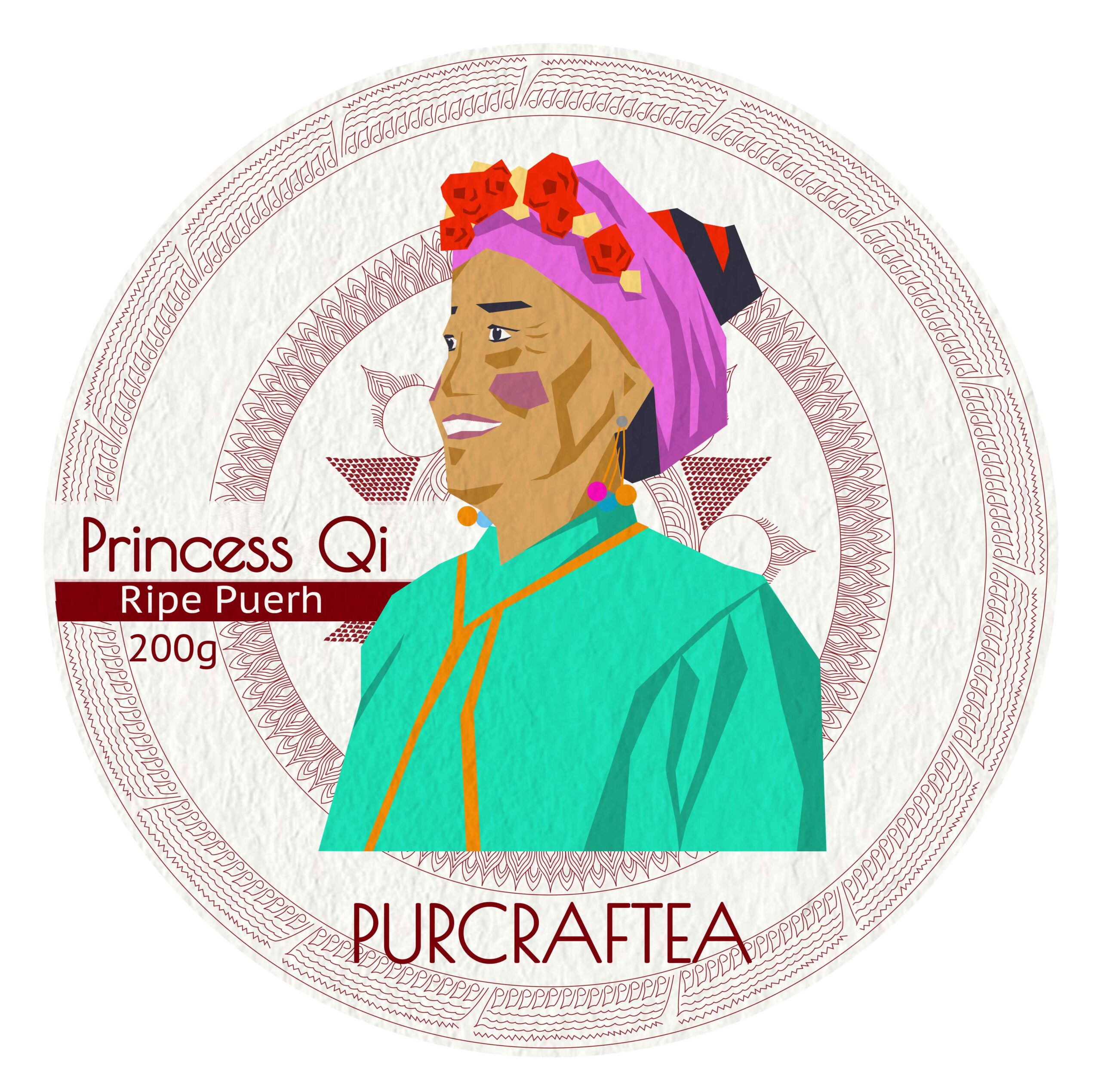
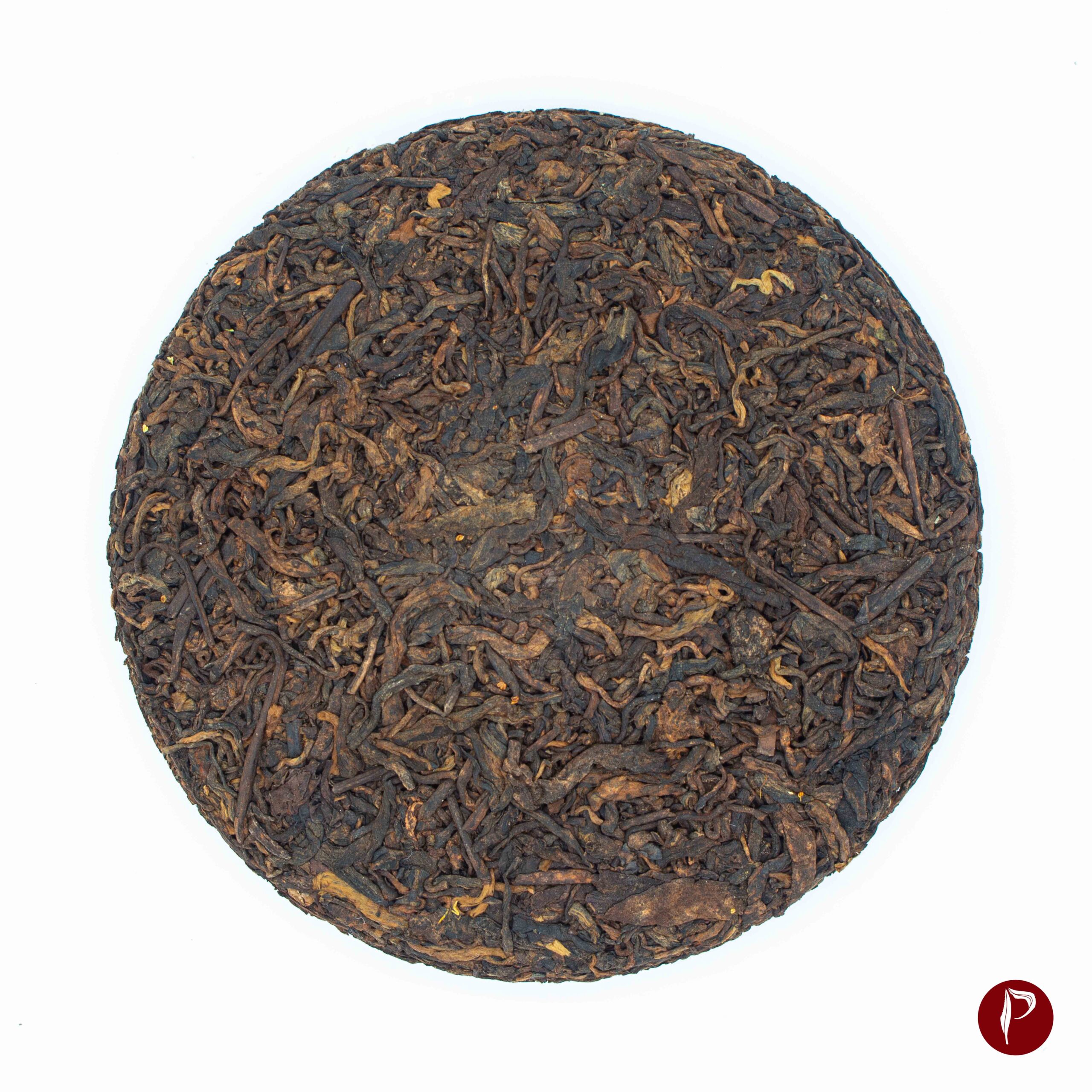
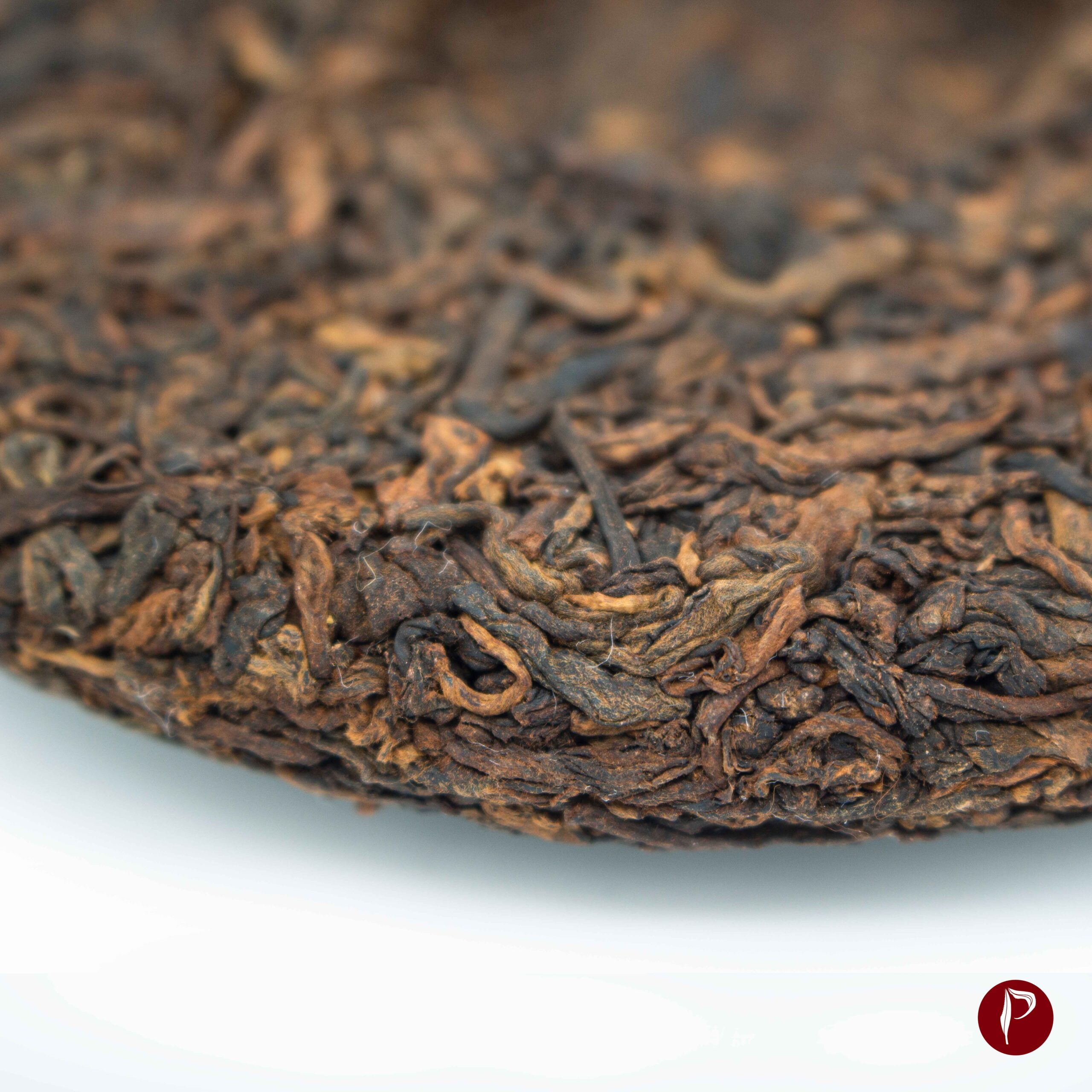
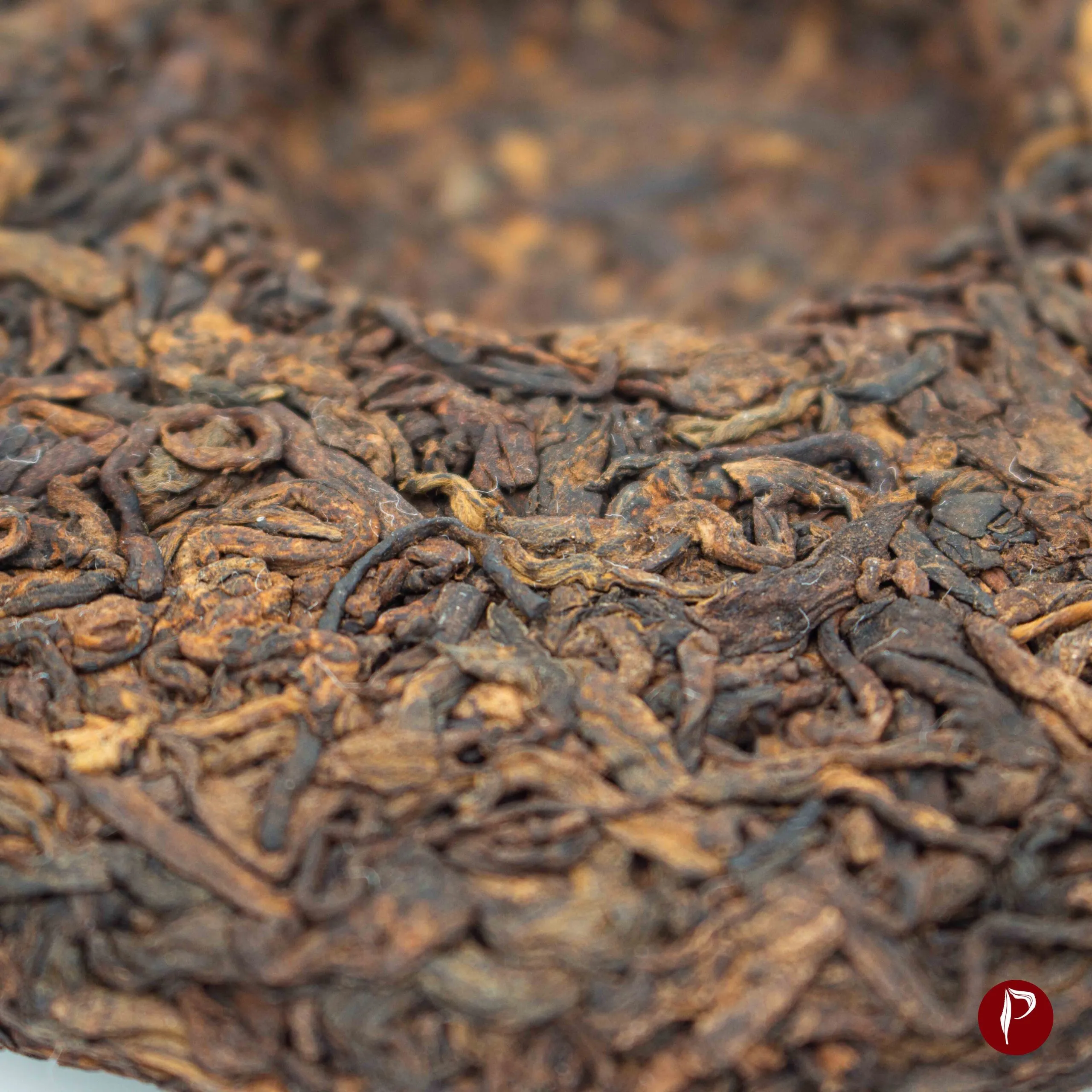
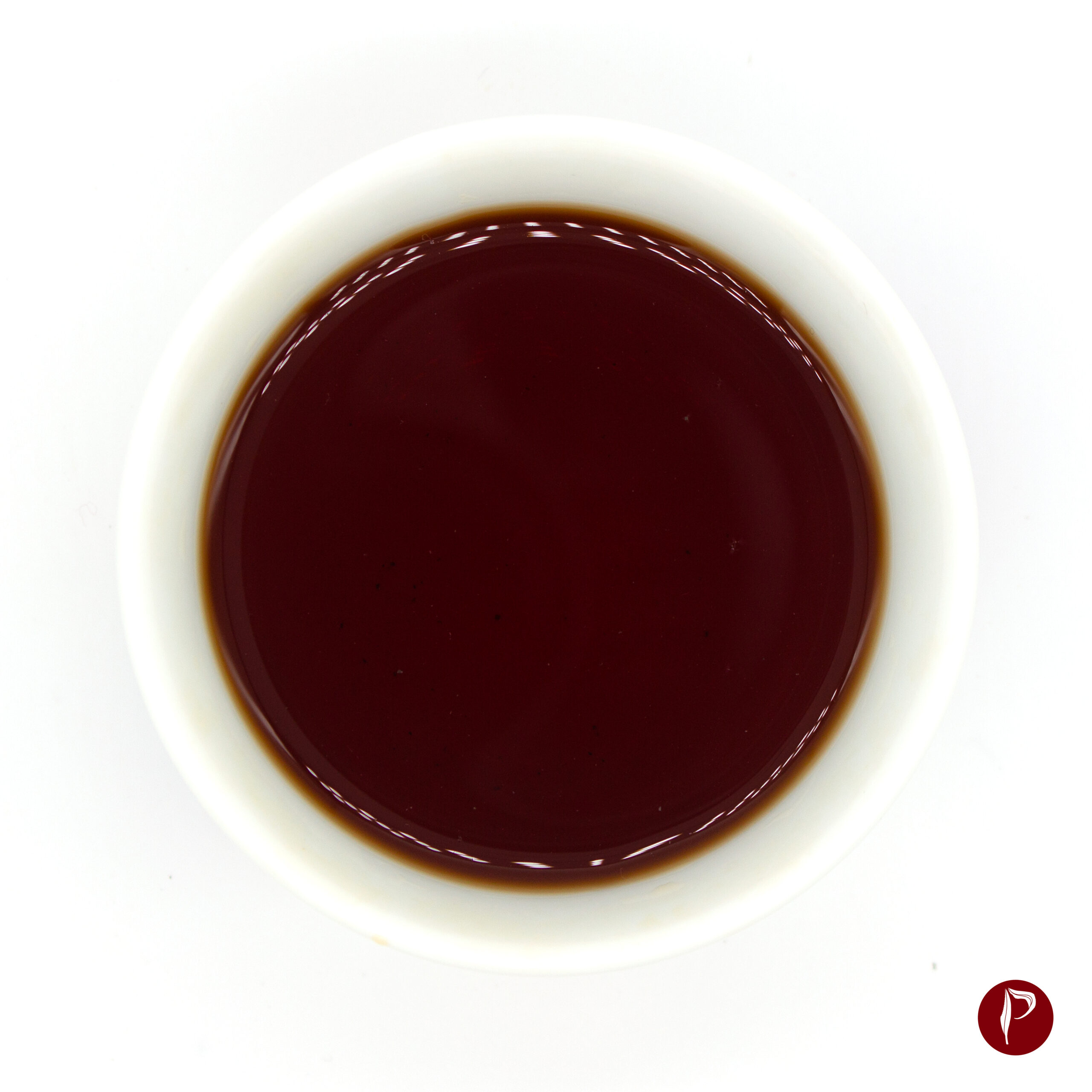
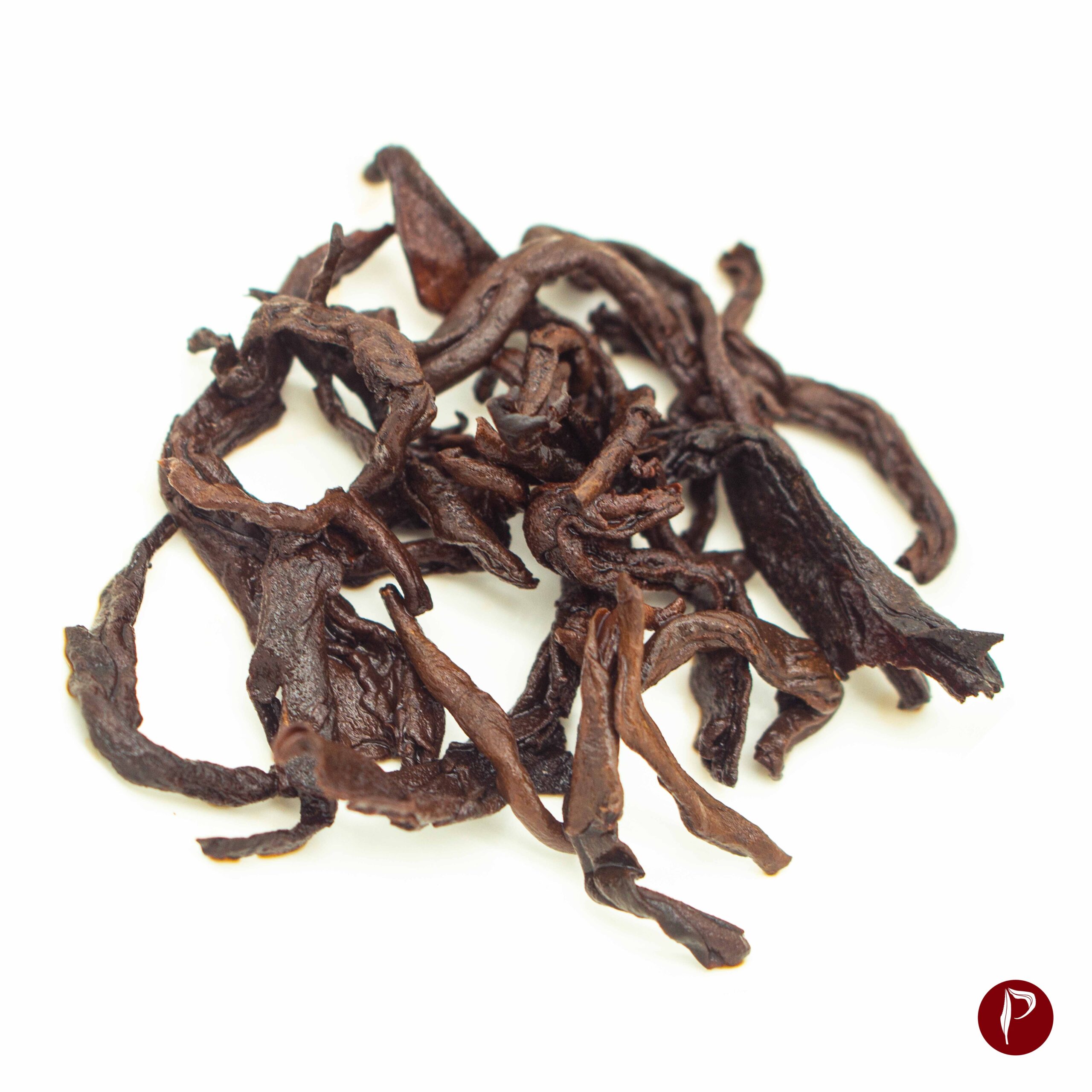
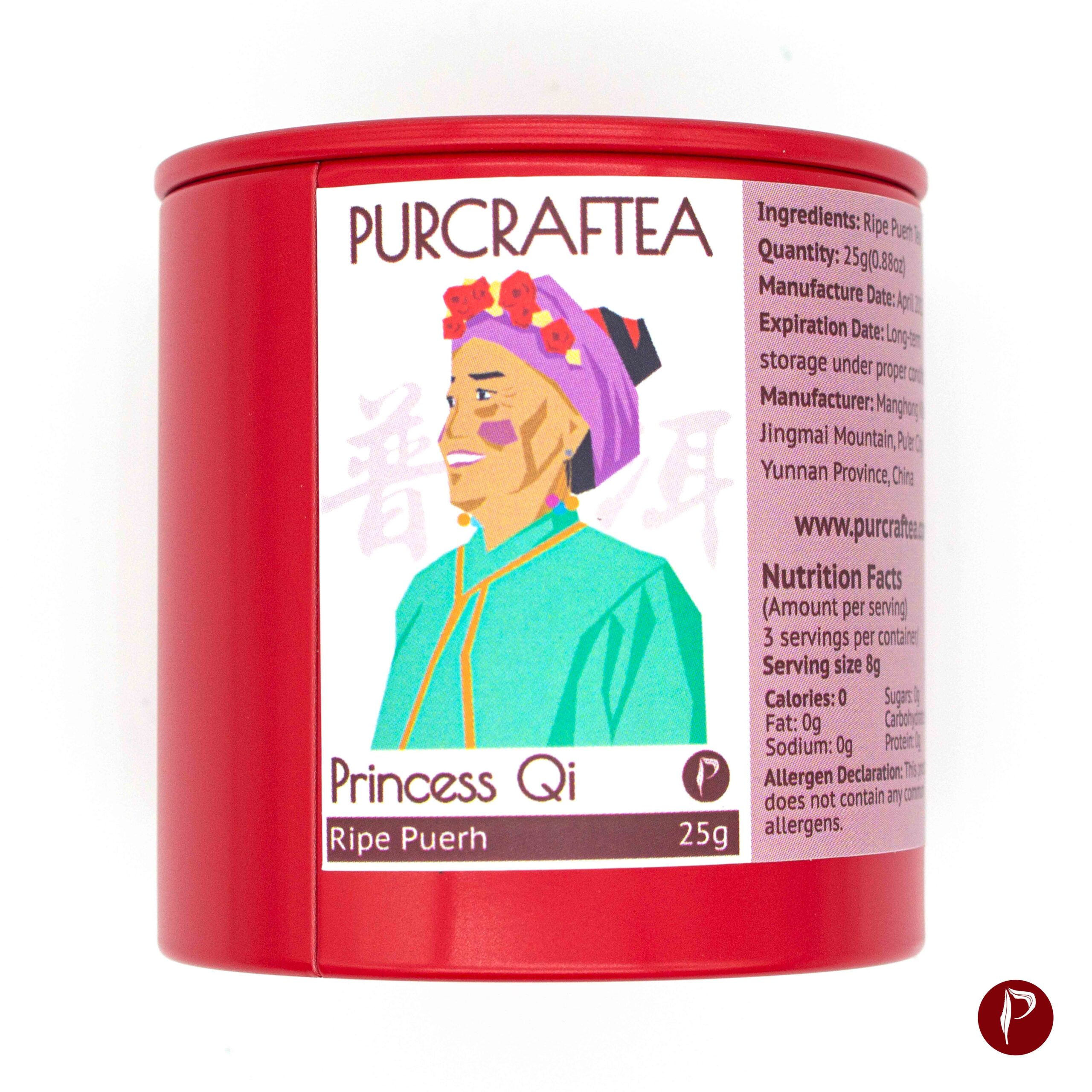
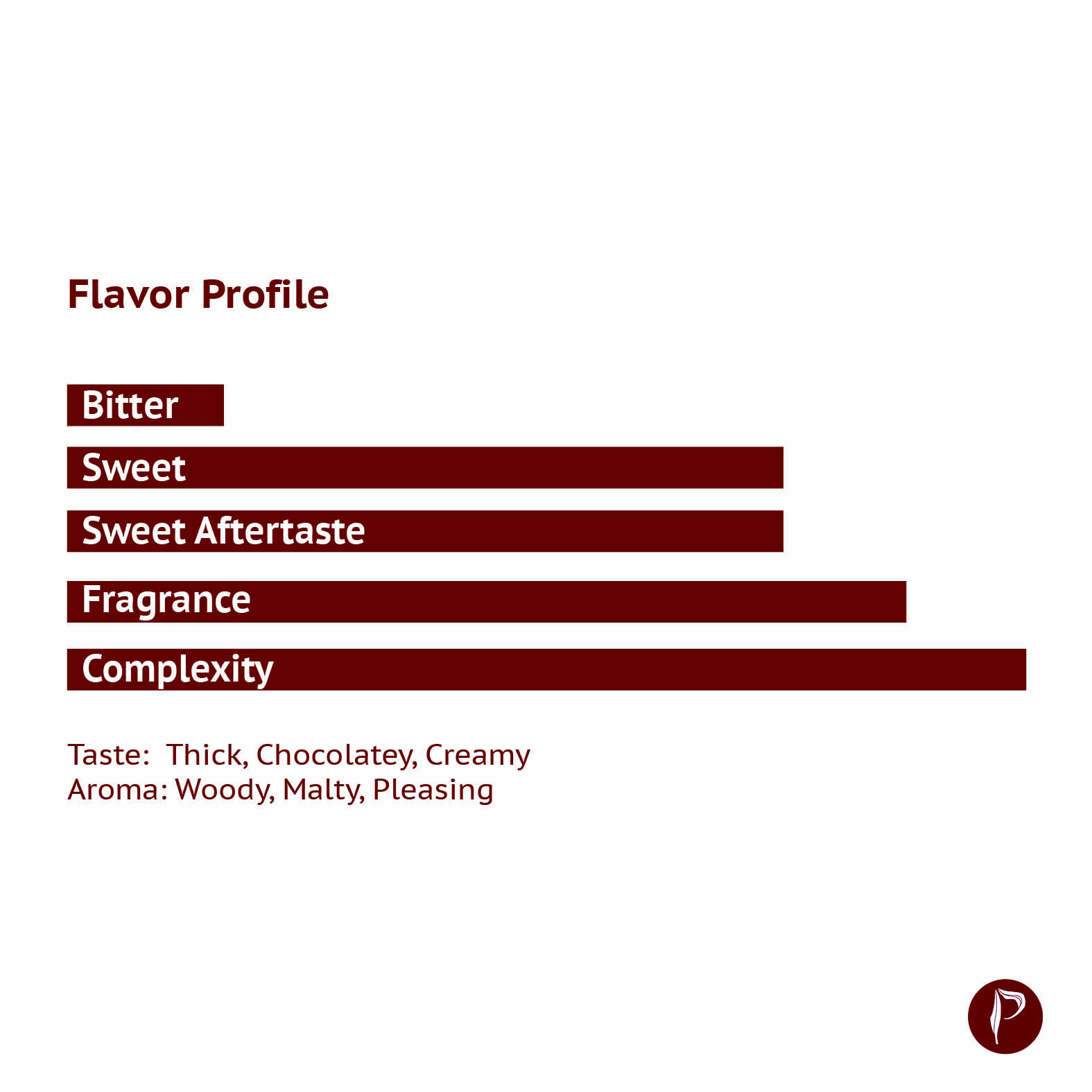


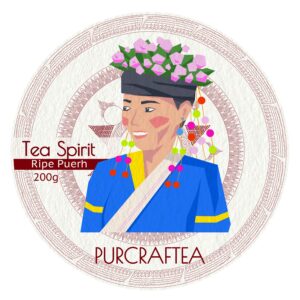
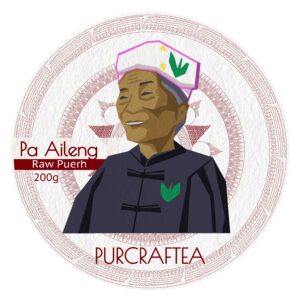
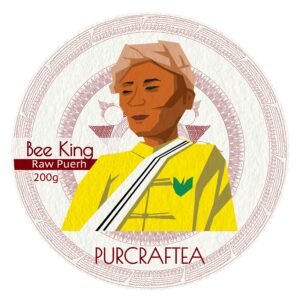


Kevin –
I thoroughly enjoyed this shou puerh. I brewed it 7 grams per 100 ml in my gaiwan and then tried brewing in my Jianshui pot, both times were splendid. The Jianshui pot really brought out some of the floral notes hidden in the smooth chocolate thick brew. Packaging was great and left the tea protected on its journey!